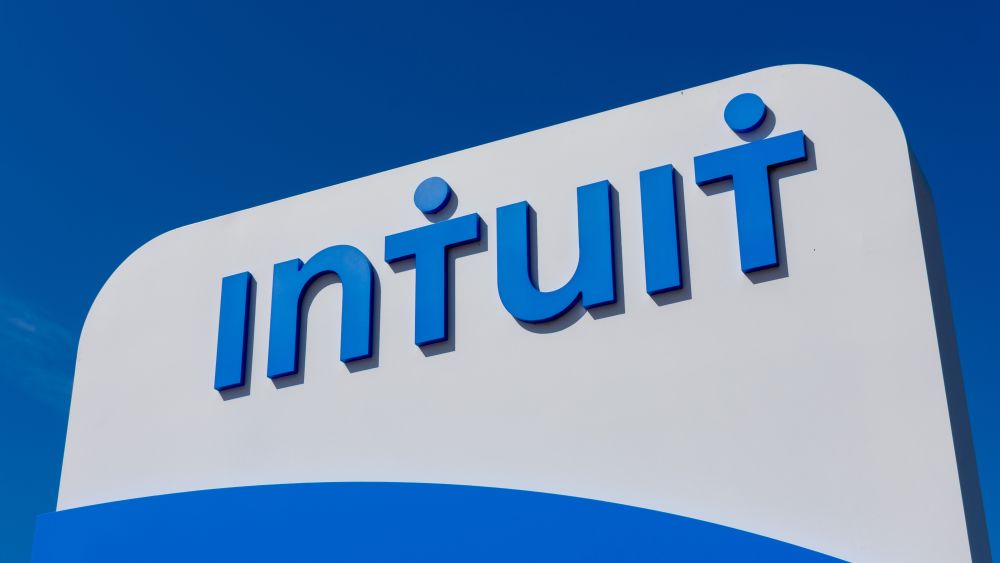Frontend Interview Experience at Intuit
 Jaynil Gaglani
Jaynil GaglaniTable of contents

Hello folks,
I had the opportunity to interview recently at Intuit for the Software Development Engineer 2 - Frontend role. This role is more inclined towards the frontend domain & I will share my interview experience in this post.
How did I get to know about this opportunity?
Intuit had posted an opening on LinkedIn for the SWE2 - Frontend role. I had purchased a free trial of LinkedIn Premium. I reached out to the recruiter directly via the LinkedIn InMail feature. The recruiter contacted me over a call to discuss more about this opportunity & interview rounds.
You can read more about the free trial of LinkedIn premium here
Interview Rounds
In total, there are 5 rounds:
Javascript & DSA Round
Machine Coding & Craft Demonstration Round
Javascript Deep Dive Round
DSA Problem Solving Round
Hiring Manager Round
Javascript & DSA Round
Duration: 60 minutes
This round was a combination of DSA & Javascript problems. One DSA question which was asked was the famous 2 Sum problem. I was able to explain & write the solution for it in JavaScript. The interviewer verbally asked the 3 sum variation of this problem. The interviewer switched to react questions including useEffect hook & its various usages. As an extension to this question, I was asked about object referential equality while using the useEffect hook & discussed different scenarios where it could impose a problem.
You can read more about object referential equality in this blog.
I was asked to write a memoize function in Javascript. The interviewer extended it to accept any number of parameters in this memoize function.
You can find a similar memoize question solved in this blog.
The next question involved the use of Promises in Javascript. This question was to be solved using vanilla javascript only.
The question was basically to find all the cities belonging to all the states in a country given the list of states & list of cities belonging to each state. The assumption here is that the state & city arrays will be provided by a backend API.
Here's an example to explain it better:
// e.g. 'USA' is the country for which we need to find all the cities
// Input: city names are kept same with number for simplicity
// States API response
getStates('USA') -> ['CA', 'NY', 'WA']
// City API response
getCities('CA') -> ['LA', 'SF', 'SD']
getCities('NY') -> ['LA1', 'SF1', 'SD1']
getCities('WA') -> ['LA2', 'SF2', 'SD2']
// Problem Requirement
// You need to find all the cities in a given country by calling both APIs
getAllCities('USA') -> [
'LA', 'SF', 'SD',
'LA1', 'SF1', 'SD1',
'LA2', 'SF2', 'SD2',
];
This question wants to check if you can handle all the API calls using Promise.all() for states & then cities for each state. You can search for a solution to this problem on the internet. Covering the entire solution of this problem won't be possible in this blog, will try to write a detailed solution for this in a separate one.
Machine Coding & Craft Demonstration Round
Part 1: Machine Coding
This round has two parts to it. First, the recruiter shared the machine coding problem statement with me over the mail after the first round. I communicated 3 days to complete the entire assignment. Second, after confirmation, the recruiter scheduled the craft demonstration round.
What is expected out of this round?
We expect you to prepare solution and put it on any tech platform/PPT/log that you are comfortable with. (We are interested in your approach to the problem. It is alright if you don’t have a beautiful PPT. Pics of design done using pen and paper, description in a word doc are acceptable)
I completed the solution for this assignment using React & styled components along with a few libraries. I deployed the solution to the web using Vercel to make it easily accessible to the interviewers.
I have documented the entire solution along with the presentation of this assignment in this GitHub repo.
Things to keep in mind before finalising the solution approach for this problem:
Performance
Error handling (loaders, fallback UI, data missing in API response)
Reusability
Pagination
Testing (unit, integration, end-to-end)
Mobile Responsiveness
Accessibility
Part 2: Craft Demonstration
Duration: 75 minutes
The interview panel consisted of 3 interviewers in this round. Presented the PPT prepared earlier & showcased the working solution of the problem statement.
I was questioned about my state management choice of using React Context API & useReducer hook versus Redux. The interviewer asked me to run a test coverage report to get the overall code coverage percentage of the unit tests written.
As a part of a live coding exercise, I was asked to implement search functionality & category dropdown filter as additional features on top of the existing assignment solution.
Javascript Deep Dive Round
Duration: 90 minutes
2 interviewers together conducted this round. There were many questions asked in this round, I have tried to share most of them.
Object prototypes were the first topic. I was grilled on the usage, working & application of prototypes. Prototypical inheritance & its usage was also touched upon.
Function Currying was the next. I was given a problem statement which implied the use of function currying which can accept infinite number of arguments.
// Create a currying function which adds all the numbers passed as arguments
addSub(1,2)(3)(4,5,6)(7,9)(); // 1+2+3+4+5+6 = 21
Function polyfills of call & bind were asked. I had to explain the appropriate working of the polyfills using examples.
Debouncing was the next concept to be explained. I wrote a debounce polyfill with an example to explain this concept. A variation of debounce to register the first call & ignore the rest was asked as well.
You can find solution for debounce questions in this article.
Output-based questions on SetTimeout & Promises involving micro-task & task queues were asked. Priority of browser fetch functional call over setTimeout call was discussed implying that fetch calls are part of the micro-task queue.
DSA Problem Solving Round
Duration: 60 minutes
The interviewer told me that you can expect a maximum of 3 questions in this round.
However, I messed up this round. I was asked a medium-complexity question similar to the Minimum Number of Platforms for a station. I couldn't come up with the optimal approach for this problem & got stuck in loops :(
The 5th round would be a Hiring Manager Round which is a mix of technical & managerial questions as suggested by the recruiter.
Conclusion
As expected, DSA round feedback was negative as I wasn't able to solve questions of medium complexity. I had scheduled the craft demo, javascript deep dive & DSA round all on the same day back to back. I was exhausted after the first two rounds & should have kept the DSA round on a separate day. So, my advice would be to space out the interview rounds especially DSA on separate days.
Nonetheless, I got the experience of giving interviews at one of the top product-based MNCs. On top of this, I got a lot of learnings & areas to improve from this interview experience.
Thank you, guys, for reading up till here, I hope you enjoyed and learnt something new! You can connect with me on X, LinkedIn & GitHub.
Happy Coding! ✌️
Previous Posts
I have shared my interview preparation strategy & resources in my previous posts:
Subscribe to my newsletter
Read articles from Jaynil Gaglani directly inside your inbox. Subscribe to the newsletter, and don't miss out.
Written by

Jaynil Gaglani
Jaynil Gaglani
I am extremely motivated to constantly develop my skills and grow professionally. Self-learning ability and passion for my work are the key factors towards my success.